Paw Power!!
MagiCat Review
|
|
See PixlBit's Review Policies

On 09/29/2018 at 05:00 PM by Nick DiMola Meow meow, meow, meow meow meow meow, meow meow. |

It's not the worst way to spend $4.99. Though you might not love it, there's enough interesting stuff on display that it might be worth the investment.
MagiCat is a fascinating example of a game. While it’s not particularly great, it takes a simple concept and tries everything and anything possible with the idea to see what sticks. Oftentimes it’s frustrating and cheap, other times brilliant and fun, it all depends on what level you’re in and what gimmick is on display.
This 2D platformer gives you the ability to both jump on enemies and toss some sort of paw projectile that explodes on impact. Most every level is comprised of five rooms. Three of the rooms hold a red gem that can be collected, as well as a variety of blue potions. One room acts as a checkpoint buffer before entering the boss room, which is the fifth and final room of each level. What sets MagiCat apart is that each of its 63 levels has some gimmick that makes it unique, which also plays into your battle with the level boss.
Early in the game, the thing that distinguishes level are really just the enemies you find in each of the levels. First they just walk around, then they start jumping, further levels have enemies that shoot different types of projectiles. The boss for these levels are just a giant version of the level enemy that as he’s killed in phases will eject smaller versions of itself onto the battlefield.
As the game presses on, these gimmicks become more and more interesting and complex. In some areas the gravity decreases, or is removed entirely, turning MagiCat into a horizontally scrolling shmup. Other levels have projectiles shoot from enemies that you can jump off of to create paths across chasms. Some you’re fighting ghosts and your soul can leave your body or even spawning a crystal above your head that you can use to hit switches, all while avoiding enemy fire. Anything and everything that can be done with the simple 5 room structure and platforming is done in MagiCat.
Collecting the three red gems really showcases just how clever both the gimmicks and the level design really can be. They often lend to complex puzzles in finding and/or collecting them, leveraging whatever unique mechanic or enemy is featured. Furthermore, the aforementioned potions serve a couple functions in the game, but one of them is to allow you to air dash. While you can break some of the puzzles with this air dash and grab the gem, the game will indicate that you dashed to solve it and essentially leave a mark on those gems showing you dashed to collect them.
The potions are one of three currencies that the game operates in, which helps bring the difficulty curve in check. Within a level you can spend the potions to unlock checkpoints. At the beginning of each room you can spend 10 potions (and later 5 with an upgrade) to create a checkpoint. If you die this will prevent you from going back to the beginning of the stage if you don’t have enough of the second currency, paw power, to resurrect. Each successive death within a level increases how much it costs to resurrect, so the checkpoints can often be a literal lifesaver, preventing you from redoing challenging rooms in a level and losing the progress you’ve made. Thankfully red gems are saved the instant you collect them, so you don’t ever need to redo those, even if you die.
Paw power, which is amassed by both collecting coins strewn about the level and from enemies when they die, as well as from points earned upon completing levels, is used outside of levels as well. The overworld to MagicCat resembles Super Mario World, but you’re never tethered to a direct path from level to level. You can explore the world at will, which gets really interesting as you purchase upgrades using the red gems you collect in levels. You’re able to purchase abilities that can shape the world to your will.
The hammer will let you destroy objects in the overworld, which can often create paths to later levels, skipping you ahead. Other times, you can destroy objects to gain red gems, or make paths to areas that are otherwise unreachable. You can also build bridges to distant islands, or again, skip ahead to other worlds. Both abilities use the paw power, 5 for the hammer and 10 for each bridge piece. As such, modifying the overworld will reduce paw power and limit your ability to revive in case of a mistake.
There was an odd satisfaction in modifying the world and sneaking my way into later levels and progressing how I saw fit. It makes the experience a little more dynamic and breaks up the potential tedium of going level to level in sequential order.
The other upgrades available by using red gems, like the ability to spend two potions to heal, unquestionably make the levels easier and more approachable, but the prices can be steep and you need to actually make your way to each world's shop to access these upgrades. The red gems get tougher and tougher to collect as the game presses onward, and frankly, I lost my patience for collecting them.
So many of them require perfect execution to collect and often the foresight of how to approach it, meaning you need to make multiple passes through a level to get them after you've missed one and figured out the trick to grabbing it. Enemies are often set up for these challenges to insta-kill you if you're just a little off in your approach. Though it's easy to appreciate the thought put into the design, it doesn't always translate to an enjoyable or fair experience.
While I’m in awe of the sheer creativity of MagiCat, I found myself both hating and loving it in equal increments. In a way though, I think exploring every idea within the confines of a strict formula is the very essence of what MagiCat is. It’s not always meant to be fun or fair, it’s an experiment in creativity. Given the price, it might just be a justifiable purchase to appreciate everything it has to offer, but it’s not for the faint of heart. It may be cute, but this kitty has claws.


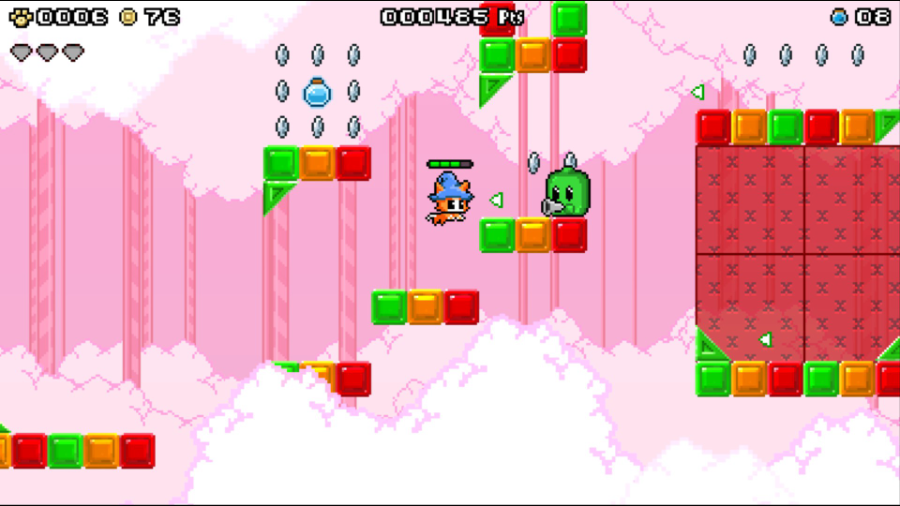
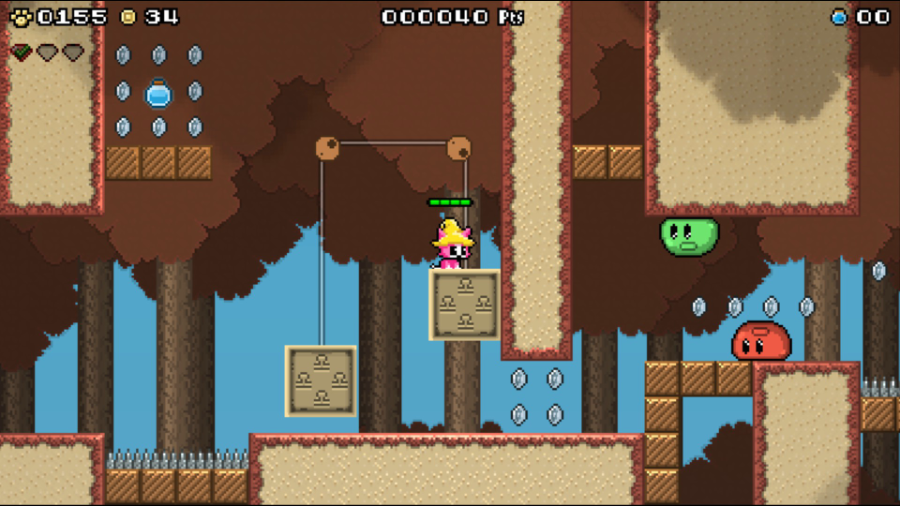
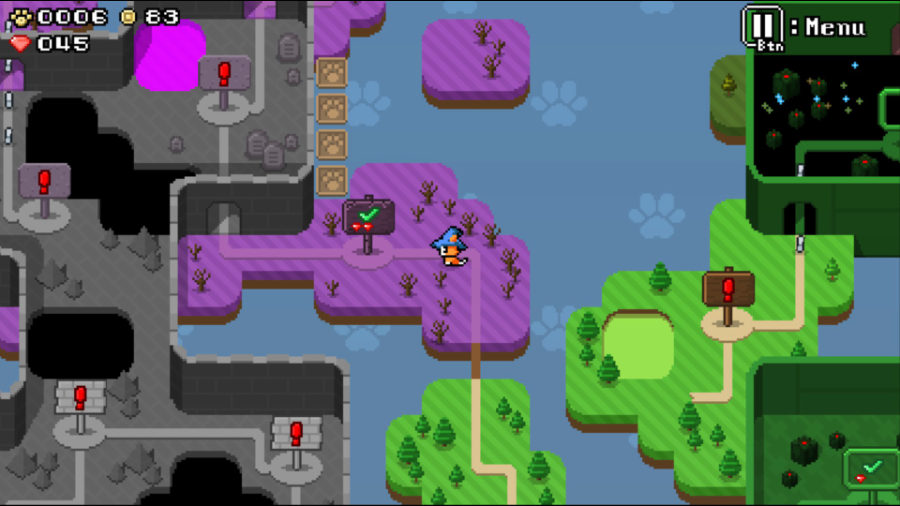
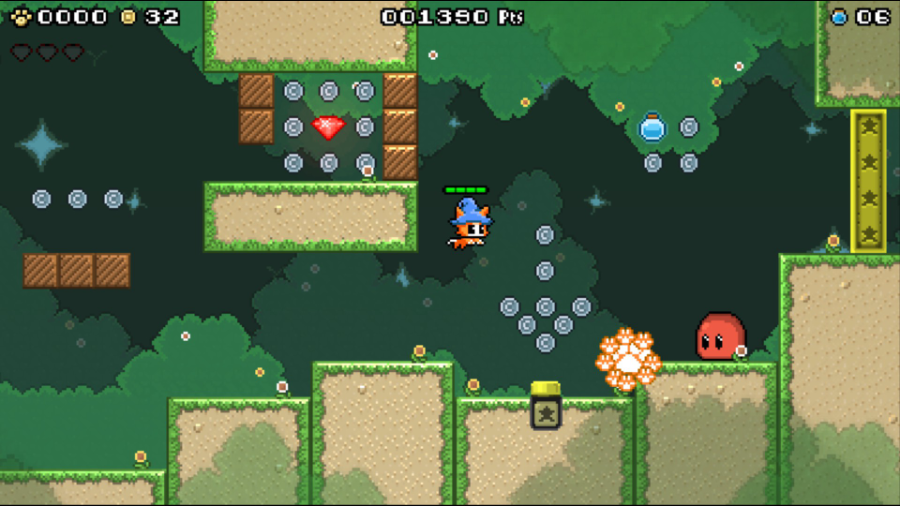





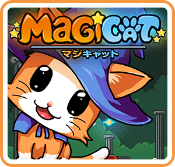

Comments